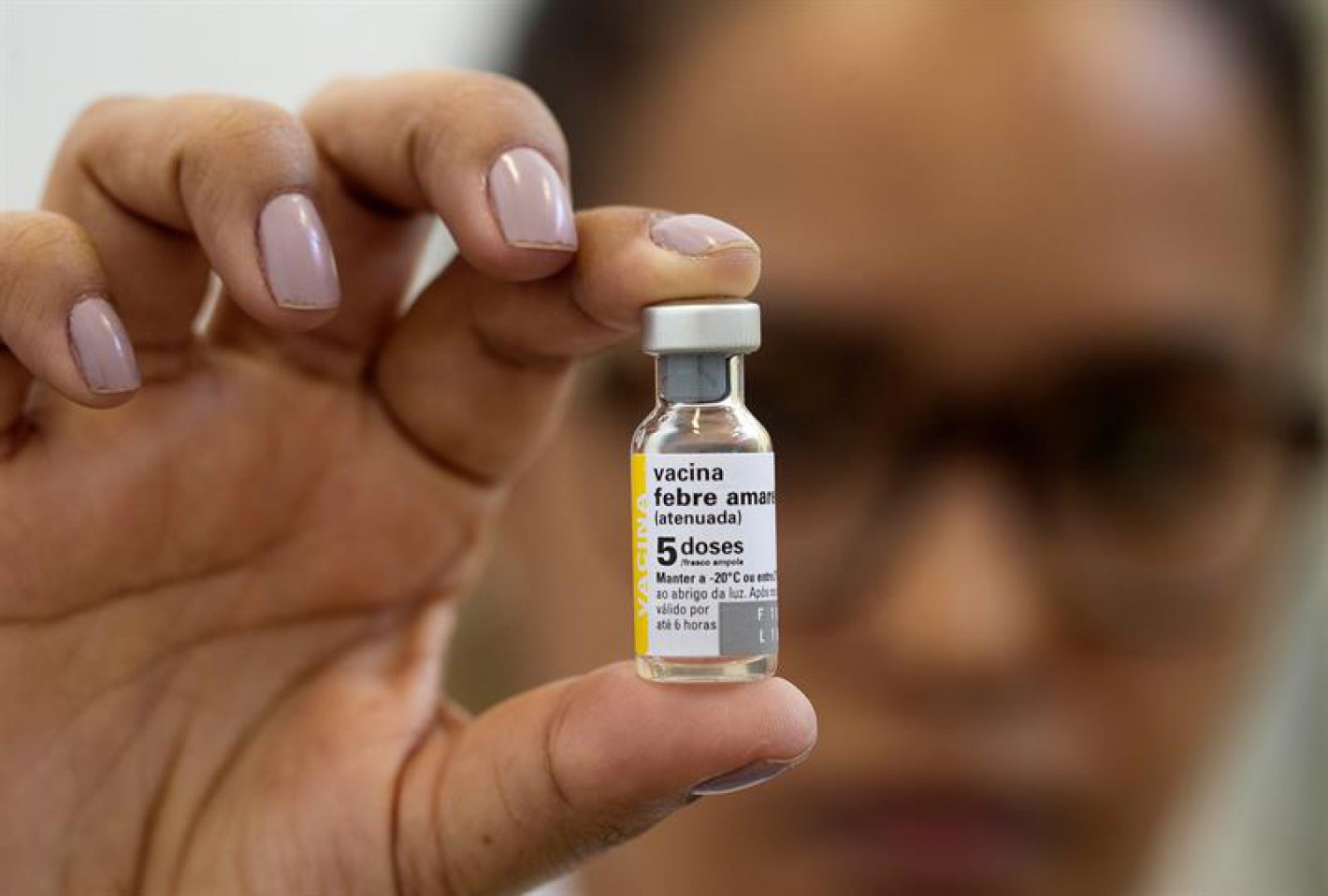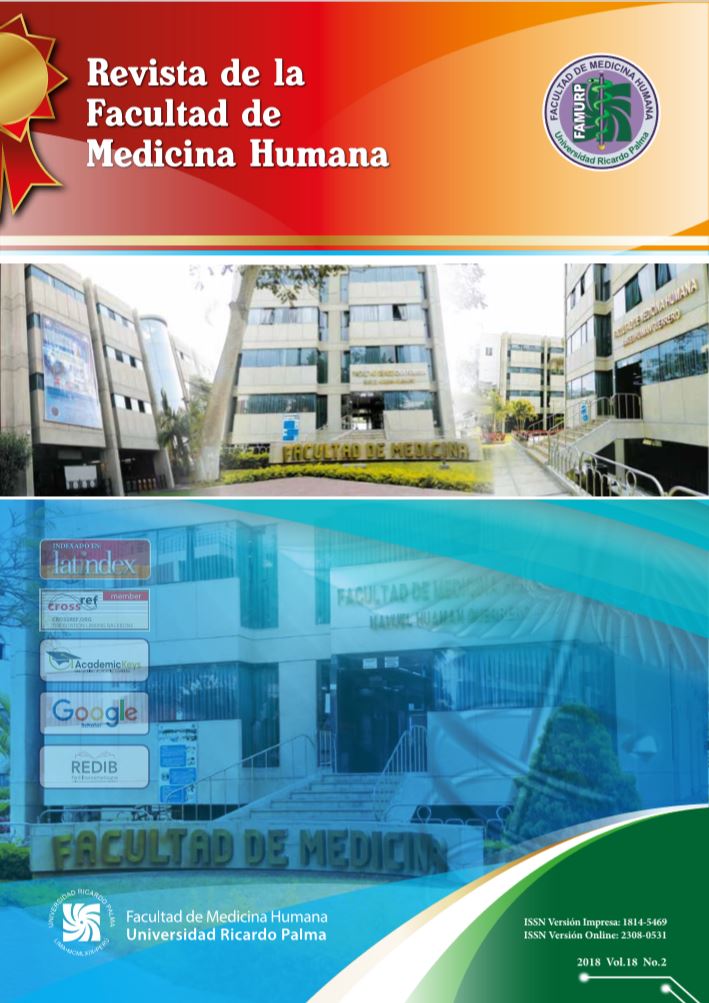Yellow fever: risk disease in the americas
Fiebre amarilla: enfermedad de riesgo en las américas
Abstract
Yellow fever is one of the oldest recognized
infectious diseases, both in the old world
(Africa) and in the new world (the Americas).
It is an acute febrile illness of short duration,
transmitted by mosquitoes and caused by the
yellow fever virus. It is enzootic and does not
have specific treatment, but it can be
prevented by vaccination. The clinical
manifestations varies from asymptomatic
forms or moderate febrile disease (90%) of
favorable evolution to severe forms with
massive bleeding with a lethality up to 50% of
hepatic, renal and cardiac involvement.1
The yellow fever virus exists in nature in two
cycles of transmission: a wild one in which
the Haemagogus mosquito and non-human
primates intervene and another urban one
involving man and the Aedes aegypti
mosquito. The jungle form is that it is
frequently reported.2 However,
periurbanization risk is being observed in
urban areas of cities.
DOI: 10.25176/RFMH.v18.n2.1280

Downloads
Published
How to Cite
Issue
Section
License
Copyright (c) 2018 Revista de la Facultad de Medicina Humana

This work is licensed under a Creative Commons Attribution 4.0 International License.




































